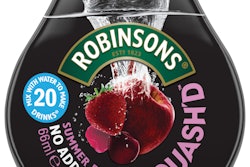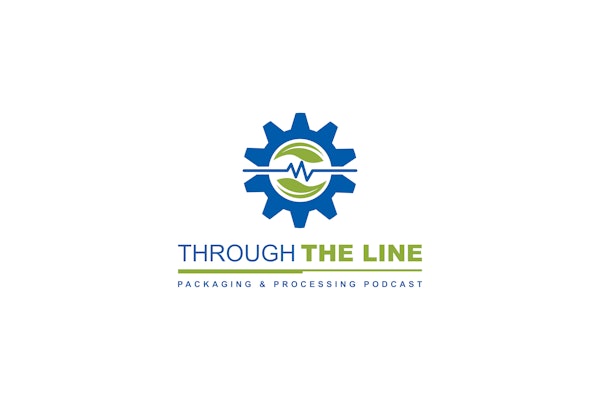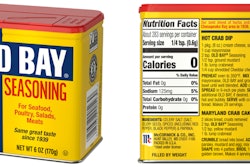
The announcements reminded me that back in the early 1990s, a lot of changes were made to the legally required information on food labels. The single most recognizable of these changes was the then-new Nutrition Facts box, a rectangle set off by a border, with those two words prominently across the top, detailing the food’s contents of calories, fat, cholesterol, sodium, and other substances.
It’s not hard to understand why it was the most recognizable feature of the new food label: you could see it from across the room, after all, and because it was specifically required (on larger packages at least) to feature certain information in a specified format that featured a lot of white space, it looked rather modern. It was catchy, and also catching: in subsequent years, FDA also required dietary supplements to feature a similar-looking Supplement Facts box, and over-the-counter drugs to feature a similar-looking Drug Facts box.
The Nutrition Facts box was only one of several major areas of changes to law and regulations growing out of the Nutrition Labeling and Education Act of 1990, which also included regulations about serving sizes whose data related to the information in the box, as well as definitions and requirements permitting foods to make health claims (about diseases or health-related conditions), and nutrient content claims about the levels of nutrients in food (low fat, high fiber, “light”).
The whole effort was designed as a conduit, via food labels and consumer education, to deliver information to consumers about the connections between one’s diet and one’s health. By the early 1990s, medical and nutrition science had evolved to a point where such a connection was rather generally recognized. With a raft of new bits of information on the label, went the theory, consumers would have access to all sorts of details they could use to help optimize their health by adjusting their diets. Scientists had declared specified levels of a variety of nutrients to be optimal for the average man or woman, and those figures were used as the basis of calculating those declarations in the Nutrition Facts of percentages of the ‘daily values’ of each nutrient.
Well, here we are, 20 years after the appearance of the original regulations, and nutrition science has evolved again, says FDA. As a result, FDA has issued proposed regulations to change the content and appearance of the Nutrition Facts panel on labels of traditional foods, and even the Supplement Facts on the labels of dietary supplements. The U.S. Department of Agriculture, which regulates meat and poultry, has reportedly said it will parallel FDA’s changes in its own rules.
The new proposals would, among other things, for the first time require information about the content of “added sugars” rather than just “sugars”; update the daily values of sodium, dietary fiber and Vitamin D to more accurately reflect more current intake recommendations; require potassium and Vitamin D content to be listed “because they are new ‘nutrients of public health significance,’” says FDA; change the statements of Vitamins A and C to a voluntary basis; and remove the statement of “Calories from Fat,” on the theory that the type of fat you consume is more important from a health perspective than the amount, but the amounts of total fat and saturated fat and trans fat would still be required to be listed.
FDA also proposed to update the serving size requirements, so that packaged foods and drinks typically consumed in one sitting need to be labeled as containing one serving, with the related calorie and nutrient content reflecting the whole container’s contents.
In terms of formatting, you’ll have an even easier time seeing some features of the newly revised Nutrition Facts box from across the room, as FDA proposed to make the calorie content, and the word “Calories,” much larger in relation to other information in the box. The number of servings will be in larger type as well. The percentages of Daily Values shifts from the right side to the left under FDA’s proposal.
Public comments on the proposals are due June 2, 2014 right now, but that deadline is likely to be extended. Also, the changes to food labels won’t be finalized and enforced very soon, perhaps in 3 years or so, but packagers should monitor developments and prepare early, because new data will be needed to be in compliance.
The proposal to make the “Calories” listing larger made me think of history as well, and to take note of FDA’s slow-but-steady approach. I recall giving a speech to a seminar in 2005 in which I talked about the idea that FDA might make that feature bigger on the Nutrition Facts panel. FDA had been inspired by a 2004 study titled “Calories Count: Report of the Working Group on Obesity.’’ Back then, low-carb and no-carb diets were growing in popularity, but FDA didn’t appear to be impressed by the fad, and instead was pointing to overall calorie intake as a point of emphasis.
Here we are almost 10 years later, and FDA is still pointing that way.
Eric Greenberg can be reached at [email protected], and visit his firm's website at www.ericfgreenbergpc.com.

























